Scientists Might Uncover Life On One Of Saturn’s Moons Without Even Needing To Land
The hunt for life anywhere else than on Earth is a continuous one. Be they as minuscule as bacteria resting on a planet's surface, to the existence of intelligent alien beings in another galaxy, there is constant allure and mystique around what life on other planets could look like.
NASA and other researchers have chased leads before, but another has just cropped up, one that would be relatively easy to investigate as far as space missions go. It turns out that some gasses found on Enceladus, one of Saturn's many moons, suggests that developing life is a possibility there—an opportunity scientists are hoping to look into further.
Is now the time to bring your dreams to life? Will you make that move, start that business, take that trip and unlock all the happiness and success you’ve been looking for all this time?
Click this link to get your free astrological reading and use it to help you achieve amazing things in every aspect of your life!
Beyond The Stars

With every new step in the development and advancement of technology, we manage to uncover something new about the vast mystery of space. Space exploration has helped us learn so much about the universe beyond our own planet, and with each new discovery, we all get to marvel at the wondrous things the galaxy we live in is capable of creating.
A hot-button issue among both casual space exploration enjoyers and enthusiasts alike is whether or not there is life on other planets.
Alien Beings
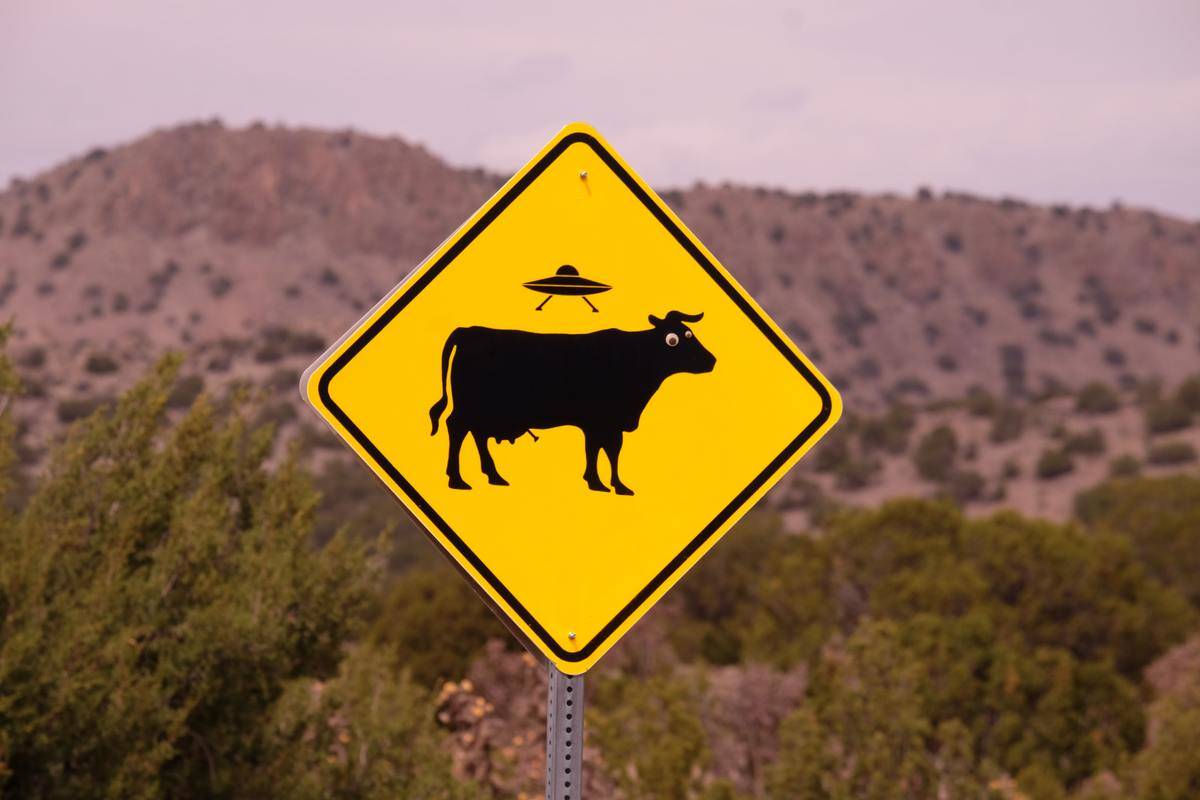
The life in question doesn't have to be exactly like us of course. In fact, that's probably the last thing anyone would expect.
Even finding something as small as bacteria on another fixture in our solar system is a major discovery though, one that can give us a lot of information about what sort of habitats can foster life, and what planets or other objects are worth monitoring to see how that life evolves, if at all.
An Icey Aura
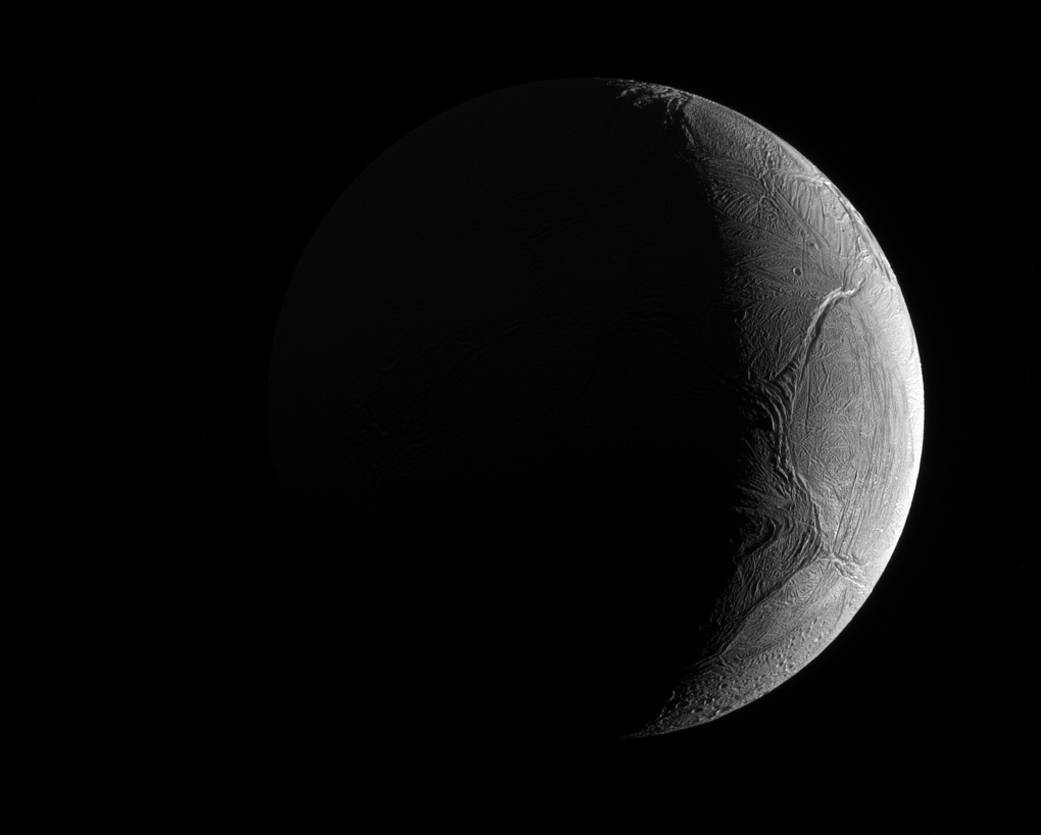
Orbiting the planet Saturn is a whopping 83 moons, far more than our single Luna. One of them, Enceladus, is the subject of an upcoming NASA project.
Enceladus was first surveyed by NASA back in 1980. It's rather small at only 500 kilometers in diameter (Earth's moon is just under 3500), but still holds the title of Saturn's six-largest moon. It is also covered in ice. So much so that it's one of the most reflective bodies in our solar system. It didn't appear to be much at first, but little did scientists know what was beneath the surface.
Under The Surface
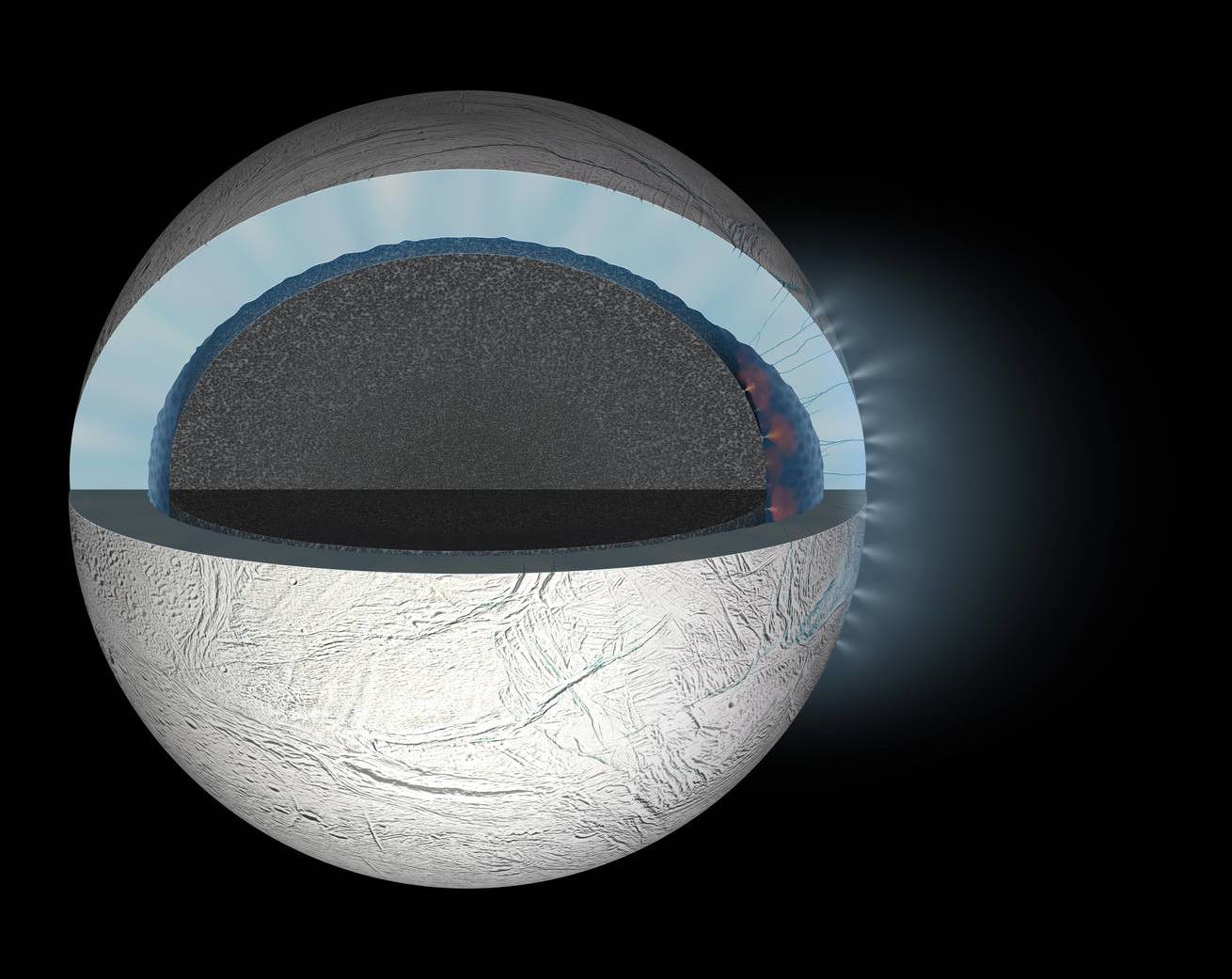
NASA returned to Enceladus between 2005 and 2017, sending the Cassini spacecraft to fly around the moon. During its flight, it traveled through giant water plumes erupting from the icy surface, leading to the first of two discoveries. One: beneath the Enceladus' thick outer layer of ice lies a warm saltwater ocean. Two: that ocean is outgassing methane, a gas that largely comes from Earth's own microbes.
In 2021, researchers from the University of Arizona in the US and Université Paris Sciences et Lettres in France suggest that the production of methane could indicate the existence of life on Enceladus.
Next Steps
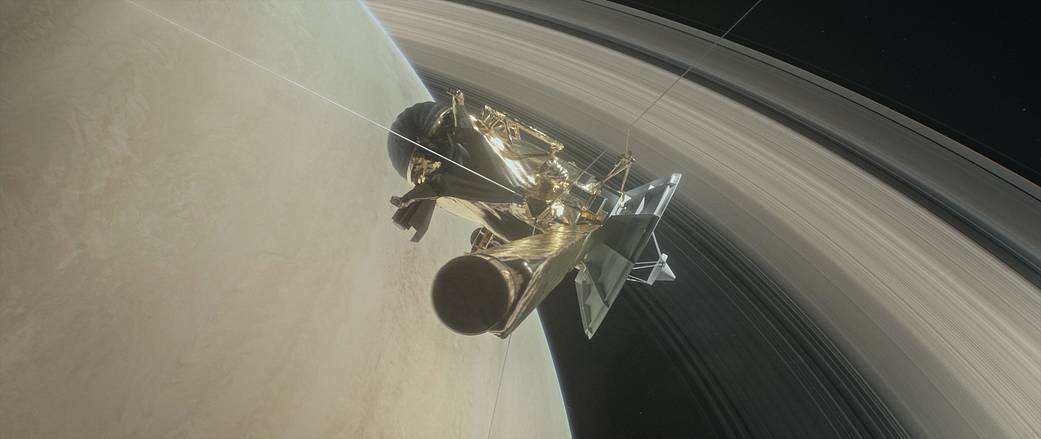
So far, the assumption is that if there is bacteria present in the moon's ocean, it's likely a small amount. Still, it would be a major discovery, and those same researchers already have an idea of how to go about testing their hypothesis.
As far as space missions go, it's rather simple. Professor Régis Ferrière from the University of Arizona led a study that explained how an adequately constructed robot spacecraft wouldn't even need to land on the moon's surface in order to gather a sample.
How Would It Do That?
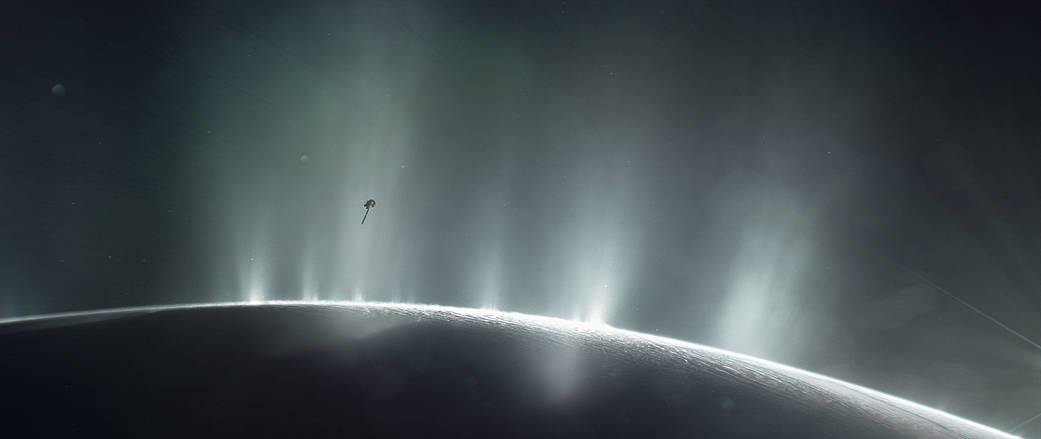
Much like the exploration craft that came before it, Ferrière suggests that this collection bot would only need to fly through one of those water eruptions to gather all the water it would need to "confidently" see whether or not life has begun growing there.
The eruptions are undoubtedly large for a body of its size and mimic Earth's own hydrothermal vents that exist deep below the sea, erupting where two tectonic plates converge. The energy created by these eruptions is what fosters deep-sea organisms as they have no access to sunlight, so the same could be true for Enceladus.
Similar Phenomena

"On our planet, hydrothermal vents teem with life, big and small, in spite of darkness and insane pressure," said Ferrière, "The simplest living creatures there are microbes called methanogens that power themselves even in the absence of sunlight.”
Methanogens convert dihydrogen and carbon dioxide into energy, then release methane. The research done into this project was founded on the theory that Enceladus also has methanogens.
The Next Best Thing
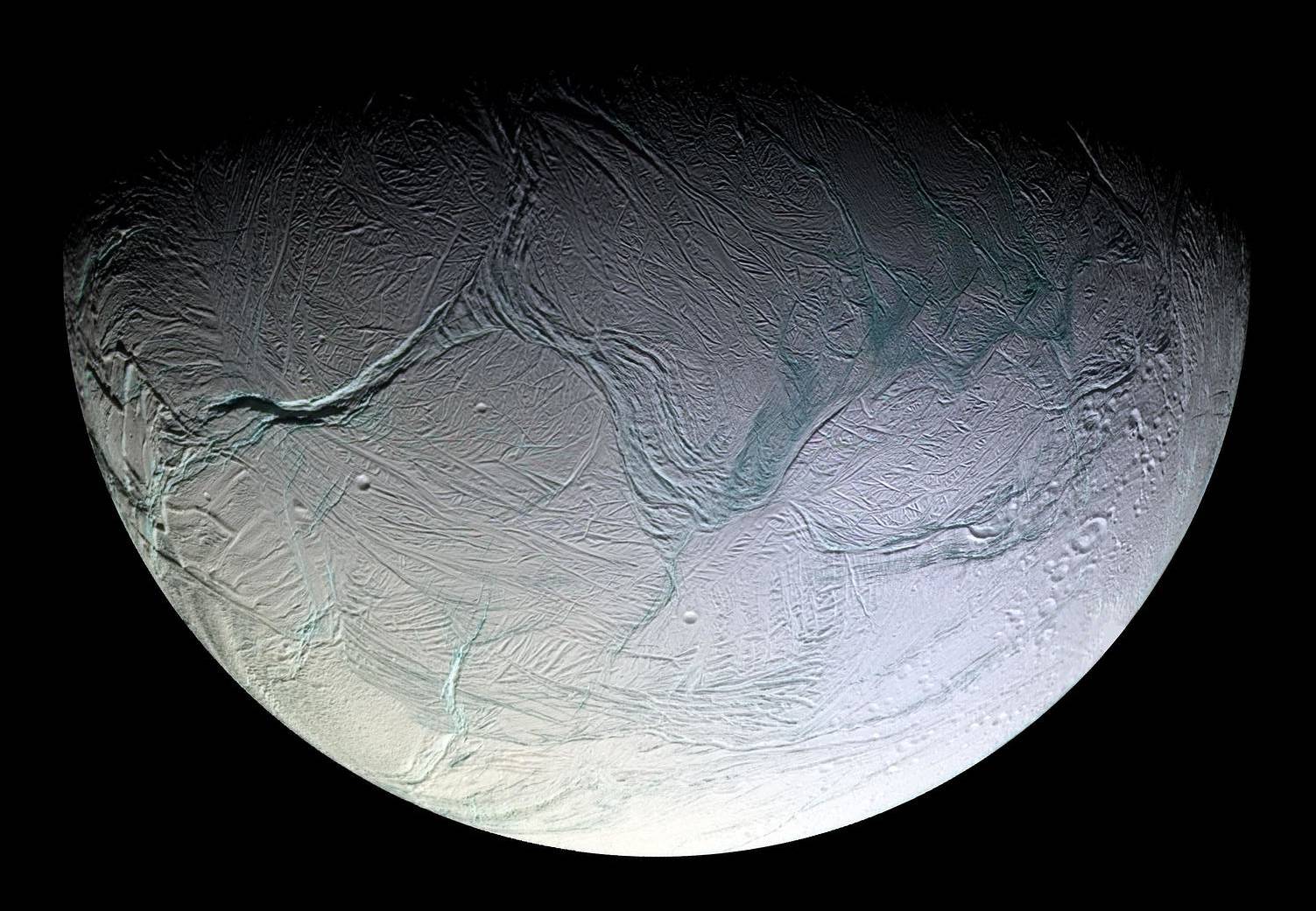
The team did say that a mission may struggle to find direct, concrete evidence of life given the likely sparsity of microbes in Enceladus' ocean, but what they would see is either the presence or absence of specific compounds or molecules, such as amino acids.
The chemical composition of the water could either support or debunk the theory that life is growing beneath the ice depending on how it compares to Earth's own deep-sea ecology.
A Planned Return
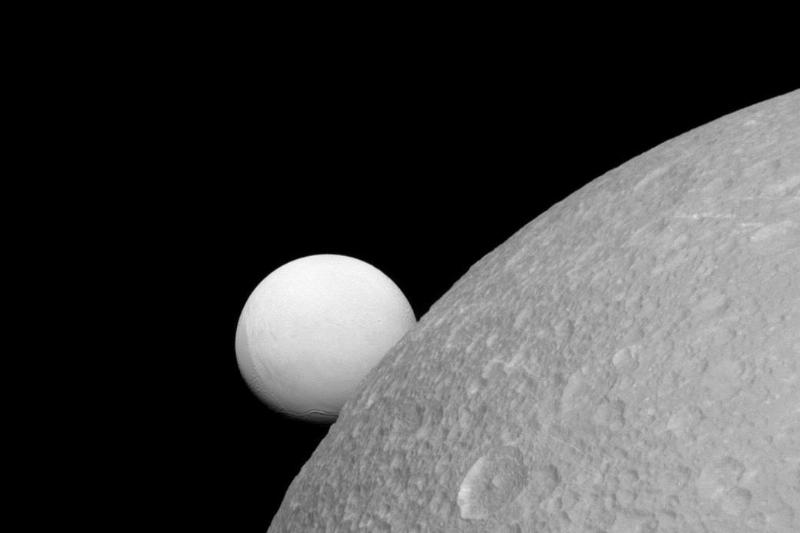
The team behind the study recognized that this could end up finding nothing, but a lead is a lead when trying to find life on other solar bodies.
As Dr. Antonin Affholder, the study's first author, wrote, "The definitive evidence of living cells caught on an alien world may remain elusive for generations. Until then, the fact that we can't rule out life’s existence on Enceladus is probably the best we can do."
Because of this, scientists want to return to Enceladus to see what else they can discover. One mission is proposed to take place in the 2050s with the hopes of actually landing on the moon's surface to collect "extensive" data.
The Far, Far Future

Human life is so delicate. Microbes, it seems, less so. Both of us need a delicate balance of natural systems executed perfectly to survive, but bacteria can flourish even in the harshest of environments. Not to mention that we have many human creations to help with this needed equilibrium. Bacteria have to rough it all on their own.
This will be proven even further should they find life on Enceladus, or anywhere else in our solar system. Humans can only exist on Earth, but who knows what sort of life could continue to evolve on another planet if left alone for long enough. What would those bacteria become? How would they differ from us? Could true contact between us one day be made? Maybe not in our lifetimes, but it's something to hope for for future generations.





